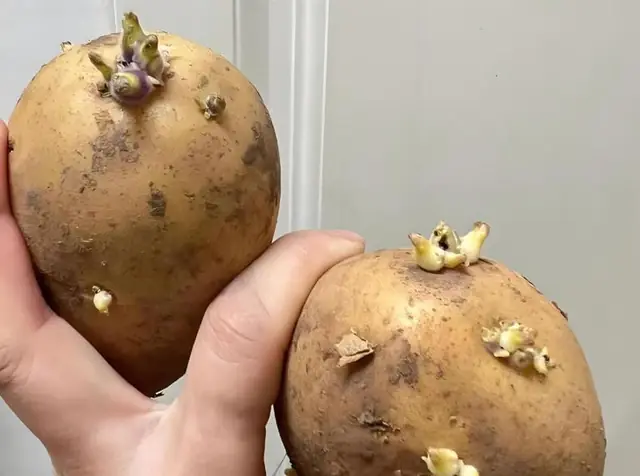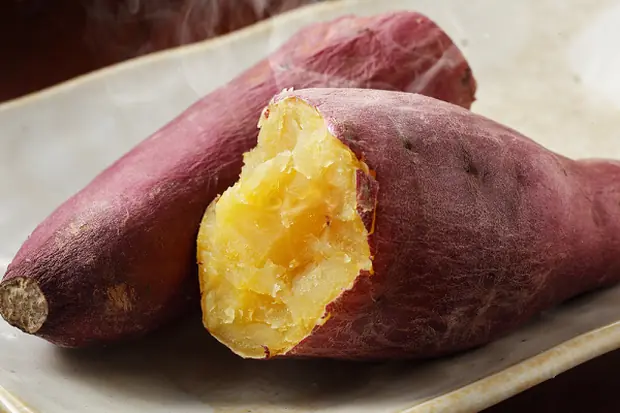
Why You Should Never Use Wastewater to Flush the Toilet
Why You Should Never Use Wastewater to Flush the Toilet: A Surprising Warning from a Maintenance Expert!
To save water, many people have adopted what they believe is an “eco-friendly habit”: collecting laundry water, vegetable rinse water, or floor-cleaning water to flush the toilet.
However, after following this practice for a while, I experienced unexpected consequences: frequent toilet clogs, costly repairs, and hidden dangers no one ever talks about.
Danger #1: Increases Bacteria and Odors
When you pour dirty water into the toilet, bacteria and foul odors have more room to thrive. Studies show that when the toilet is flushed forcefully, bacteria can spray up to 6 meters into the air, settling on personal items like towels, toothbrushes, and washcloths. In a humid and dirty environment, bacteria multiply rapidly, making the bathroom smell unpleasant and increasing the risk of illness.
Danger #2: Increases the Risk of Clogging
Household wastewater often contains a lot of sediment and residue. Regularly using it to flush the toilet leads to build-up over time, making the toilet prone to blockages and slow drainage.
Danger #3: Damages the Flushing System
Toilet flushing systems are designed to use a specific volume of clean water to effectively wash away waste and maintain a water seal to block odors. If you use wastewater, either too little water won’t flush waste properly, or too much can disrupt the water seal, allowing bad smells to come back up from the toilet.
In Summary
What seems like a water-saving method can actually backfire in many ways. Don't sacrifice long-term convenience and hygiene for short-term savings. Use your toilet the right way to protect your family’s health and keep your bathroom clean and safe.
How to Choose the Right Toilet
When buying a toilet, many people wonder whether to go for a standard model or a smart toilet. In reality, there’s no absolute right or wrong answer — it depends on your needs, preferences, and budget. Smart toilets tend to be more expensive, but if you can afford one, mid-range or premium models offer great comfort. If not, a traditional toilet is still a solid, long-lasting choice.
Regardless of which type you choose, pay attention to these features: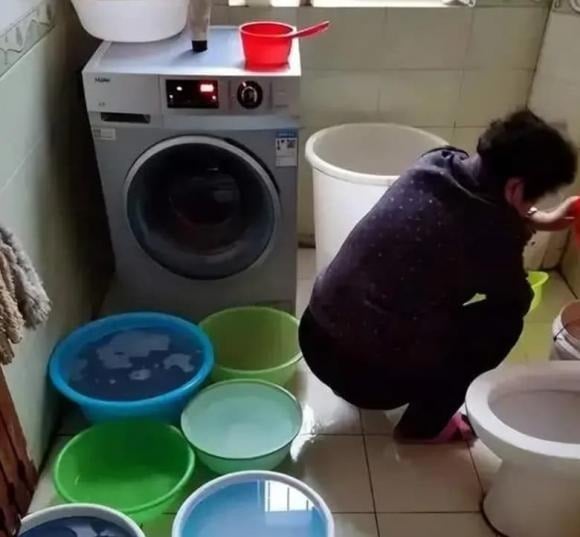
Toilet Glaze
A high-quality glaze ensures durability and makes cleaning easier. It keeps the surface shiny, prevents yellowing, reduces stain buildup, and helps prevent clogs.
Drainpipe Depth
Choose a toilet with a drainage pipe depth of at least 45mm to reduce the chance of clogging. Pipes deeper than 50mm also reduce splashing.
Sturdy Water Tank
Make sure the tank lid fits tightly, and the internal parts are easy to check and replace. Test the flush button before buying — a good button feels firm, doesn’t stick, and flushes smoothly.
Siphon Flushing System
Prioritize toilets with siphon-style flushing and curved pipes. They block odors better, use less water, and make less noise compared to direct-flush systems.
Wall-Hugging Design
Choose a toilet that sits flush against the wall without gaps in the back. It’s easier to clean and prevents dust buildup.
Dual Flush Buttons
A small button for light flushes (urine) and a large one for full flushes (solid waste). This saves water and keeps things hygienic.
Regular Toilet Maintenance Tips
-
Clean your toilet regularly and maintain the drainage pipes to prevent odors and bacteria buildup.
-
Always close the lid before flushing to reduce the spread of germs.
-
Use a brush or a pressure spray for stubborn stains to avoid long-term residue buildup.
A toilet is an essential part of every home. It’s not just about convenience — it directly affects your family’s health. Choose wisely and use it correctly to protect your loved ones!
News in the same category

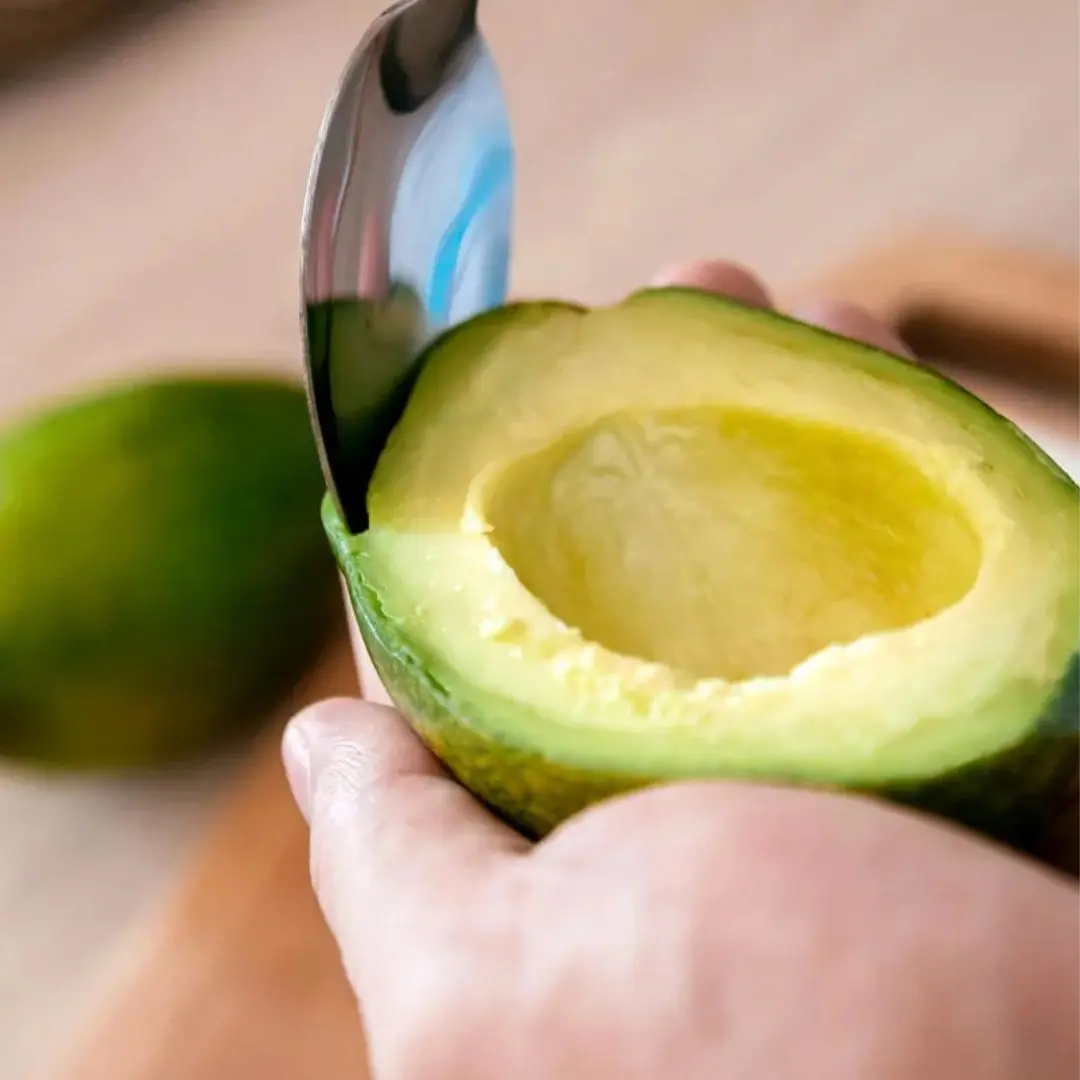
Why you should NEVER eat more than half an avocado in a single day
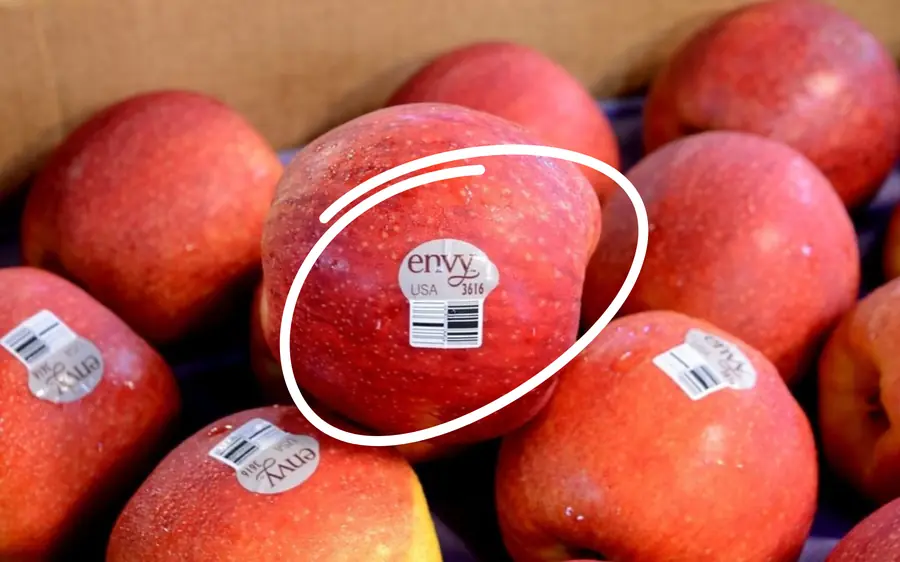
The “Strange” Number on Imported Fruit Stickers
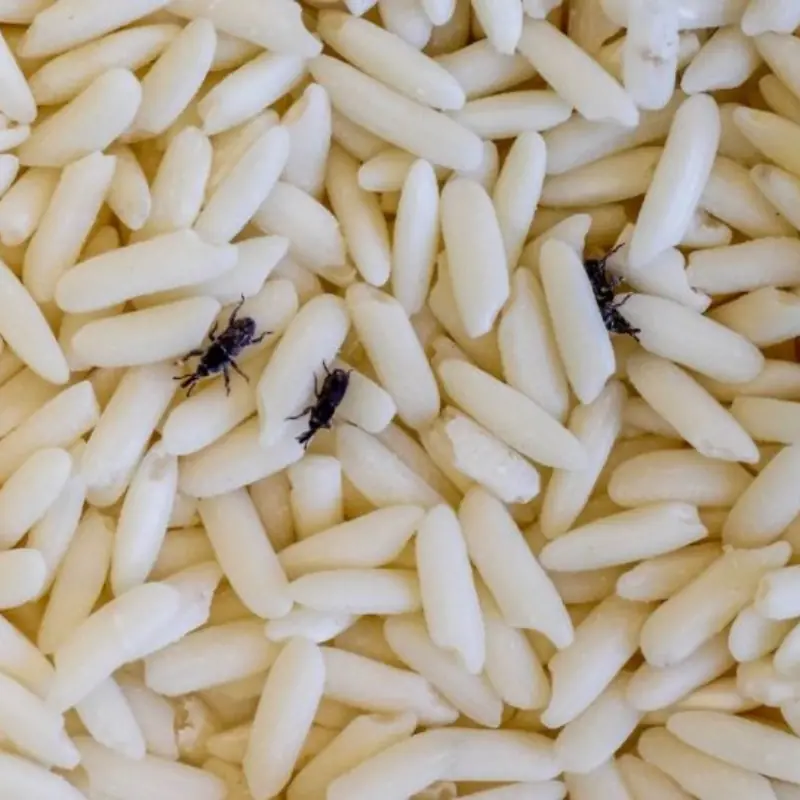
Rice Often Gets Infested with Weevils
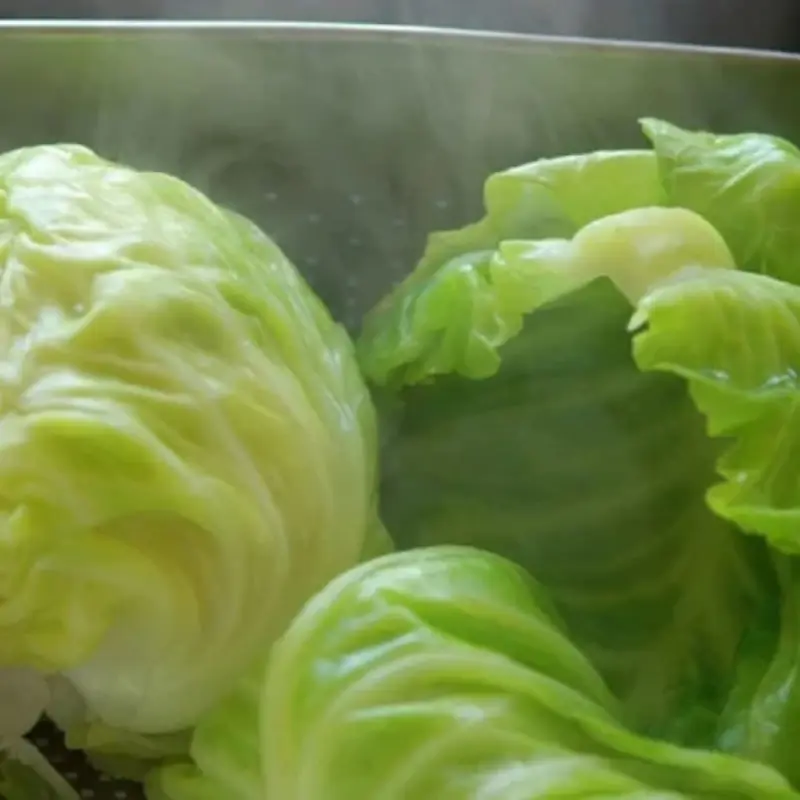
The So-Called "King of Chemical-Laden Veggies"

4 Quick Tips to Instantly Spot Sweet
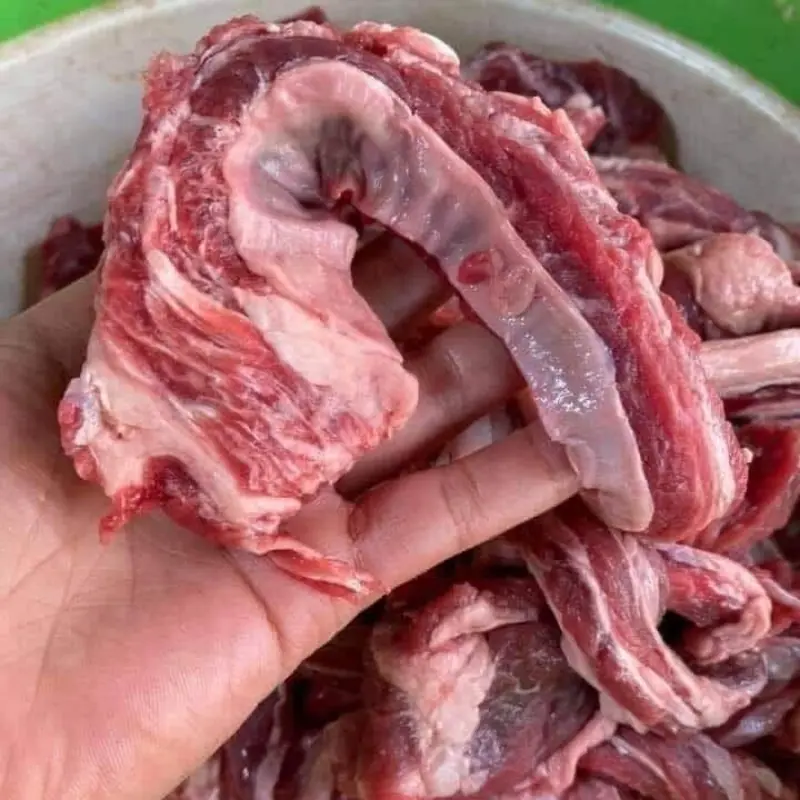
The Tastiest Part of the Pig: Once Overlooked
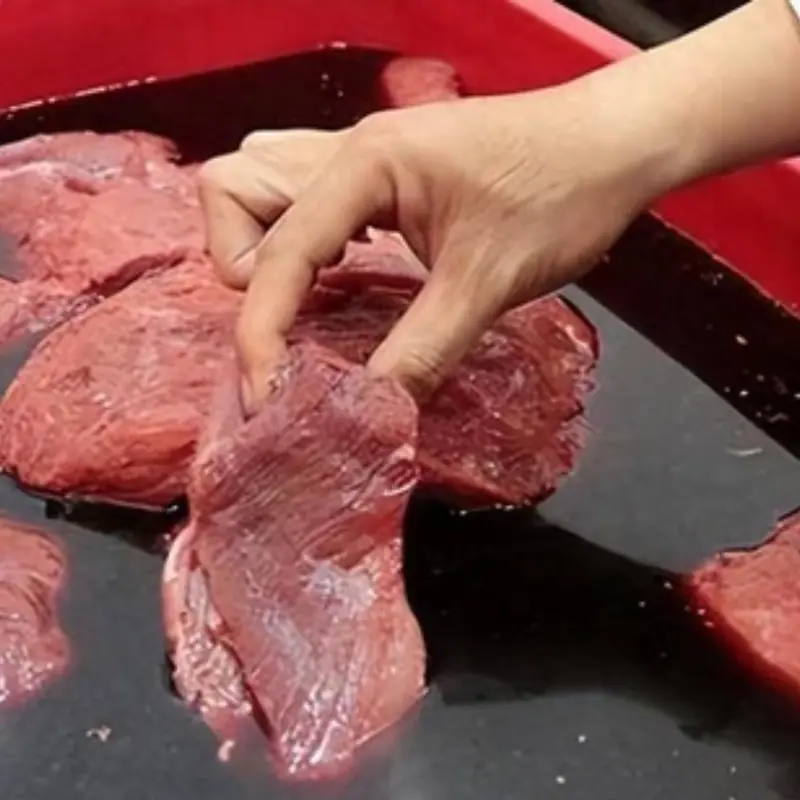
Real vs. Fake Beef May Look the Same, BUT There Are Still 5 Key Differences

Chilling Warning About a Common Household Appliance!
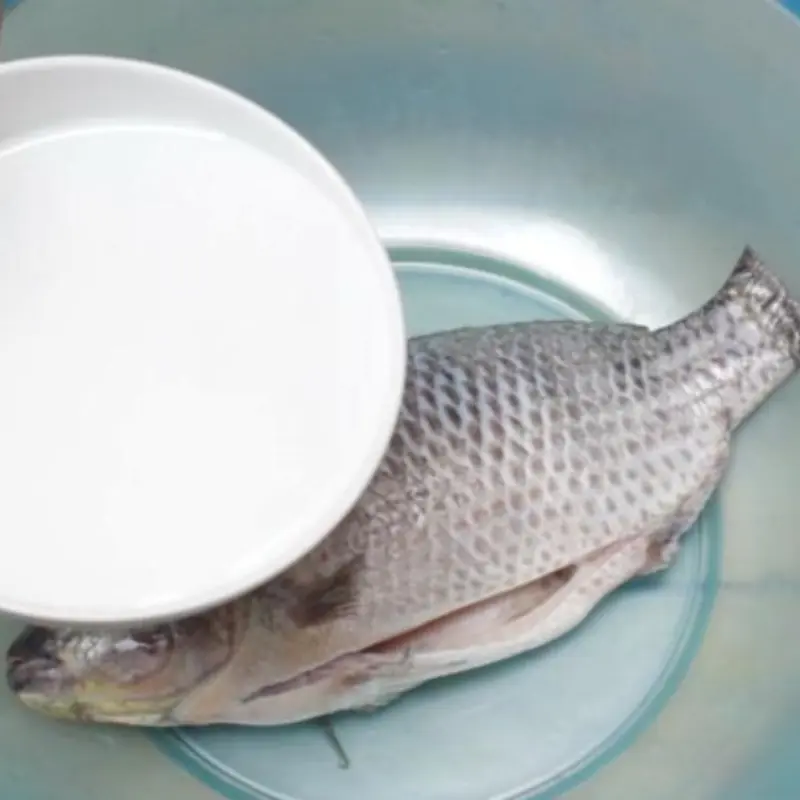
Turns Out, the Ultimate Weapon Against Fishy Odors Is Right in Your Kitchen
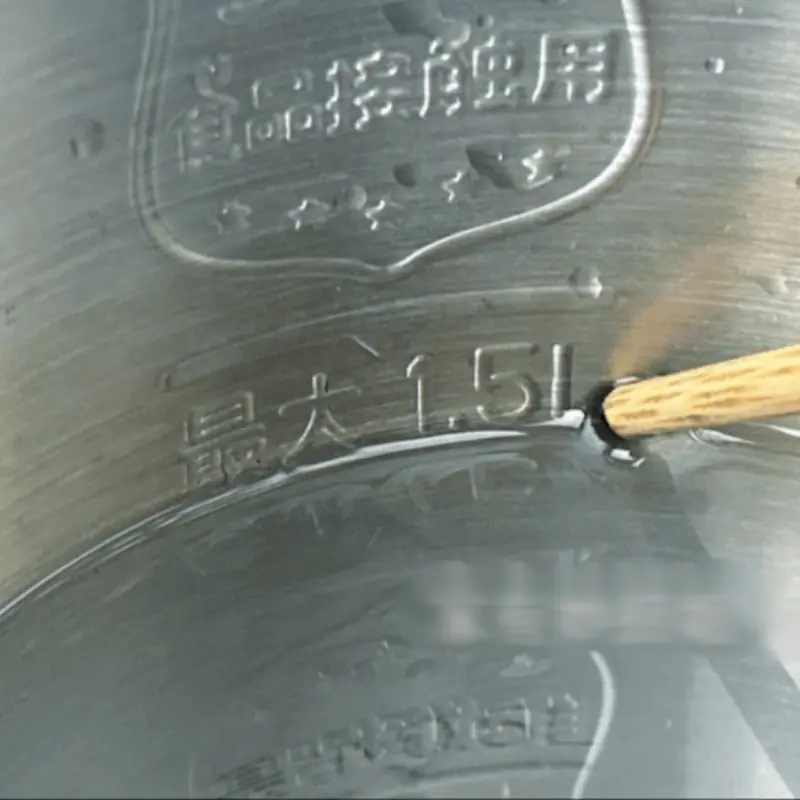
Using an Electric Kettle with These 6 Common Mistakes
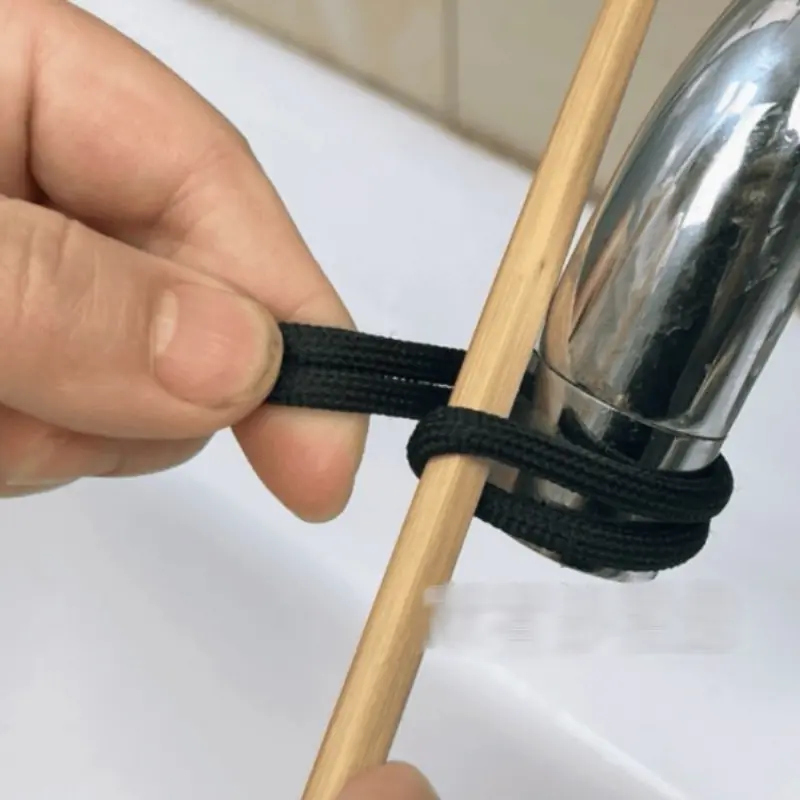
Using Just a Piece of String and a Chopstick
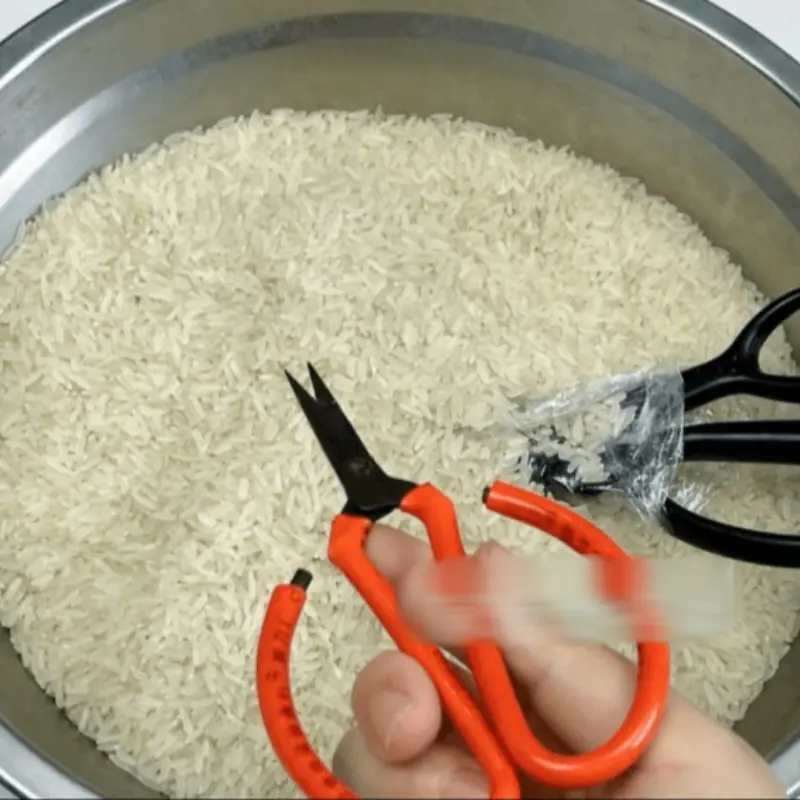
5 "Secrets" About Rice That Shock 90% of People

The Secret to Choosing the Best Beef at the Market
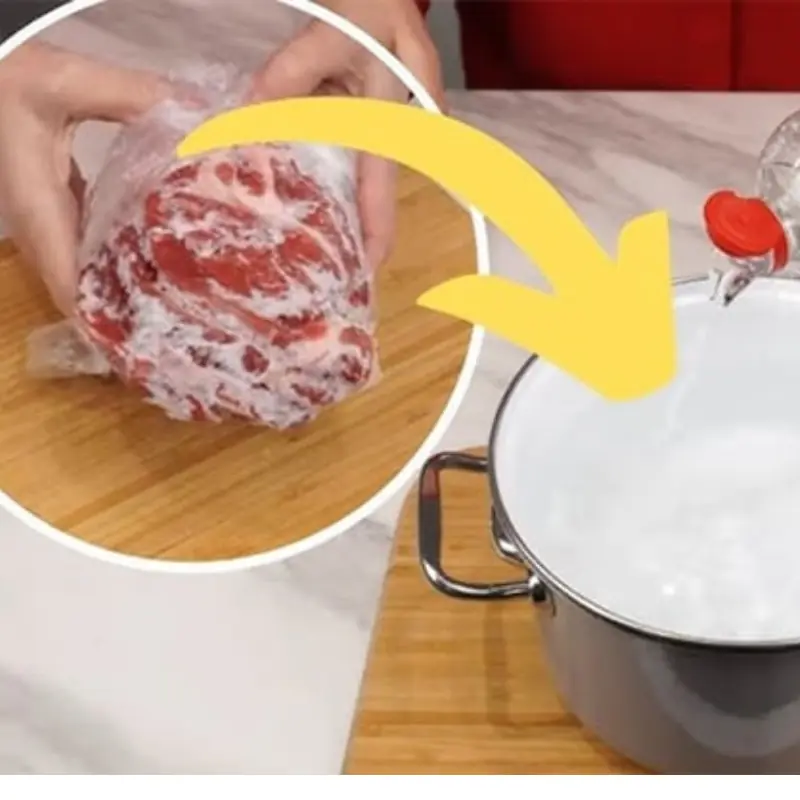
Stop Defrosting Meat with Cold Water

Experts name the summer vegetables most likely to contain chemicals
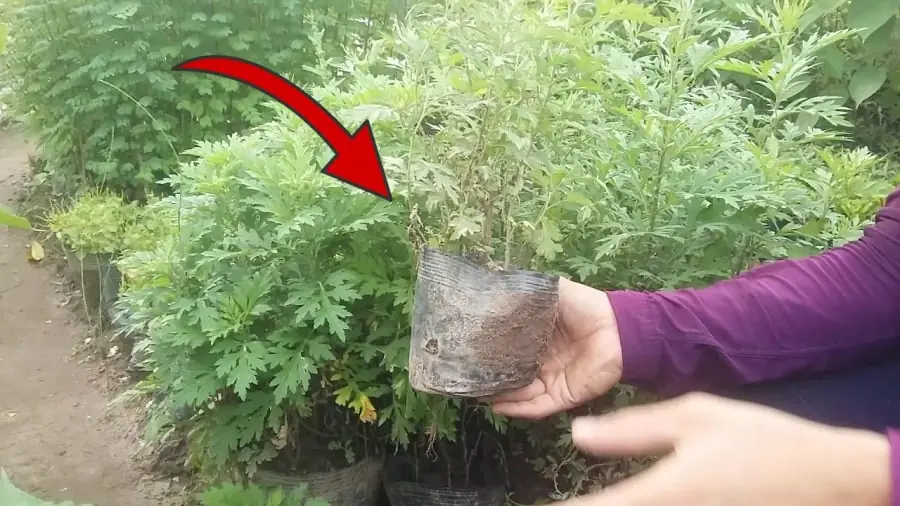
The plant that is thought to be only for food is actually a "lucky charm" in front of the door. Our ancestors advised every house to plant it
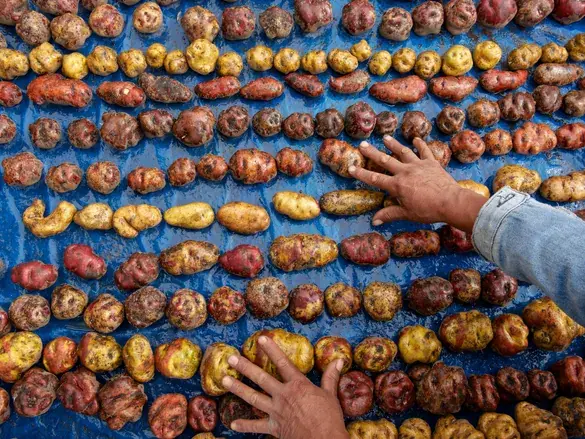
The vegetable that could save the world from hunger was once banned because it was... too ugly.

Place a Bowl of Water in the Fridge
News Post

5 Dan.gers of Using Your Phone in the Bathroom

There Are Two "Golden Times" in the Day to Eat Sweet Potatoes
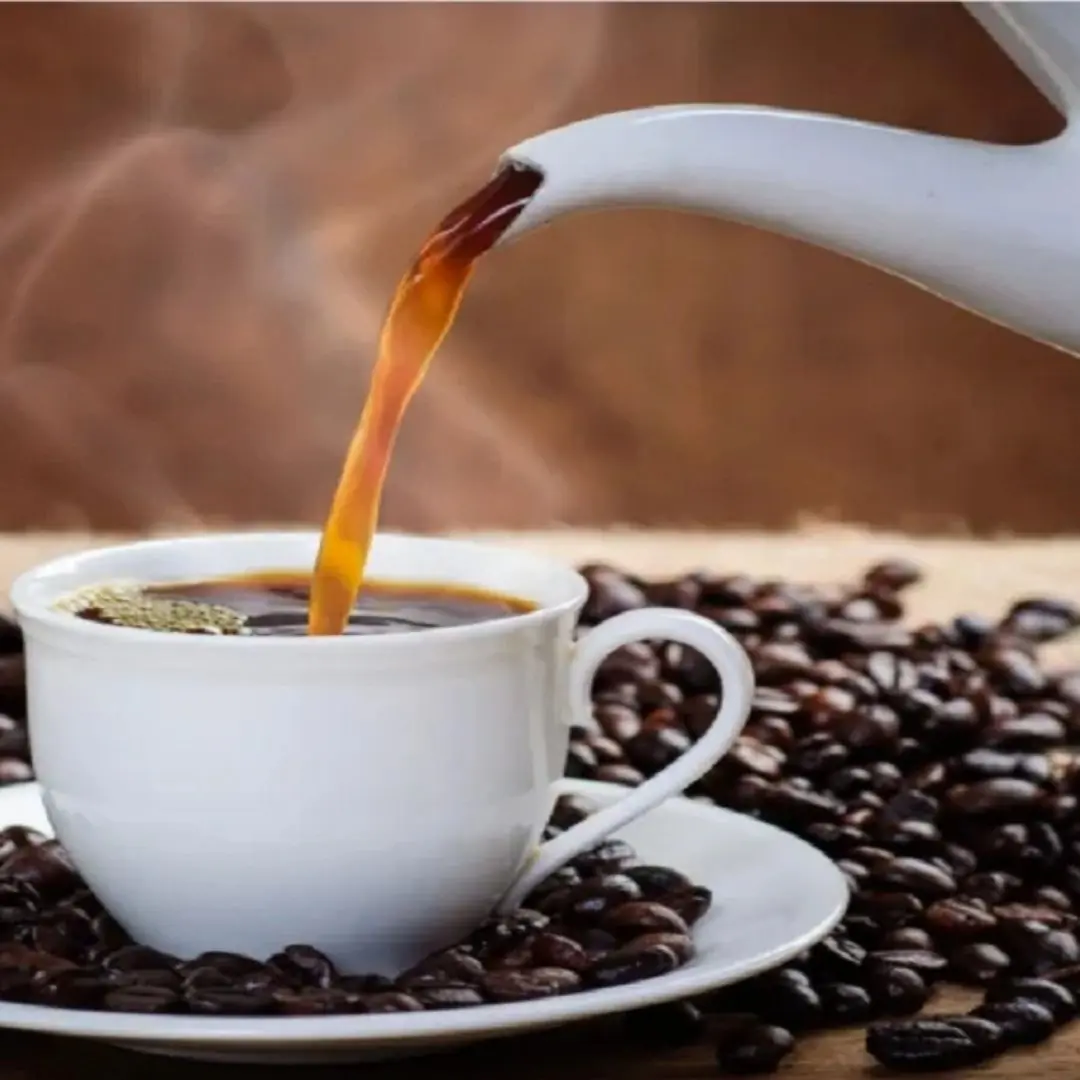
5 groups of people should not drink coffee or it will harm their health

Ways to Maximize the Health Benefits of Cinnamon
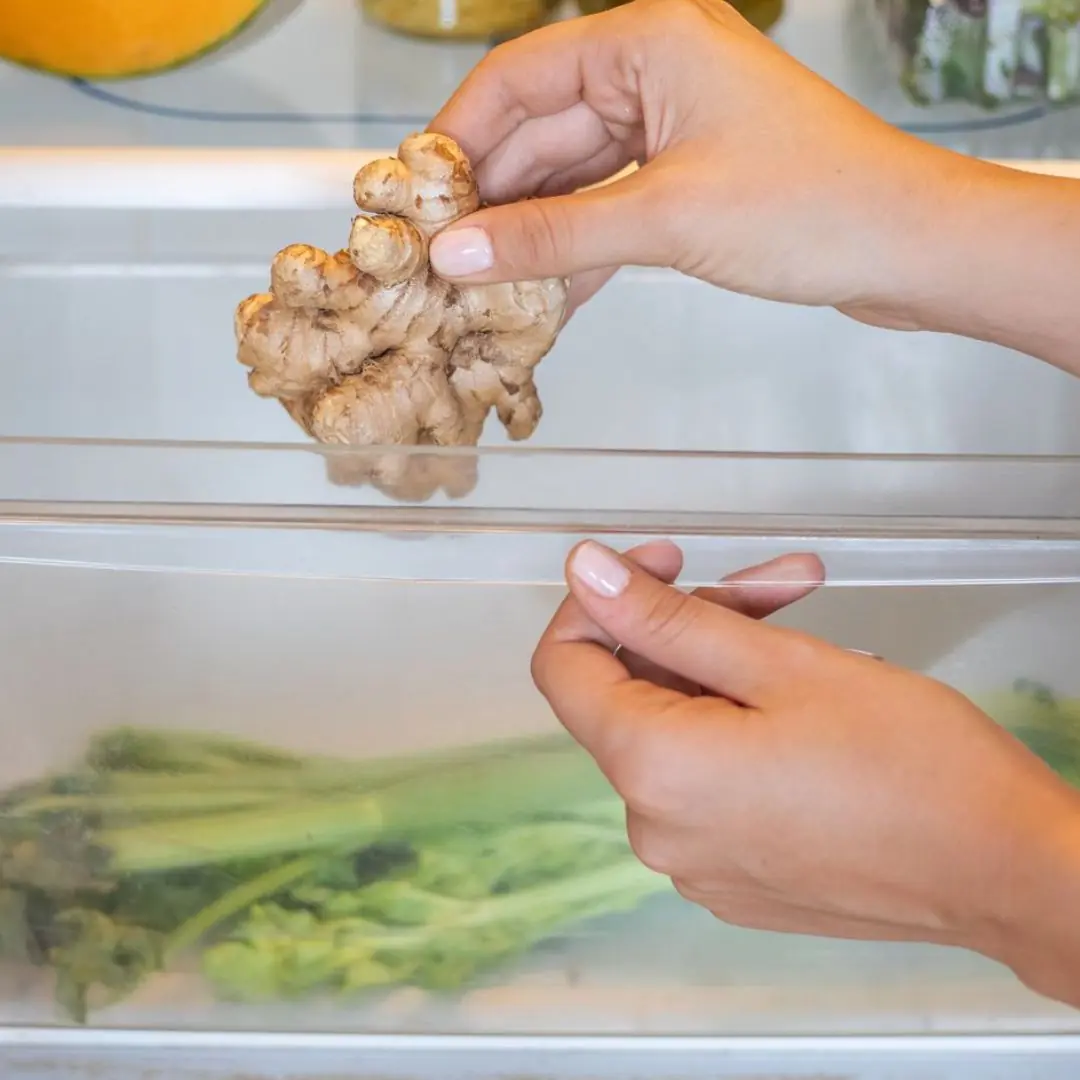
With just a few simple tips below, you can keep ginger fresh for up to 6 months, without refrigeration, without taking much time.
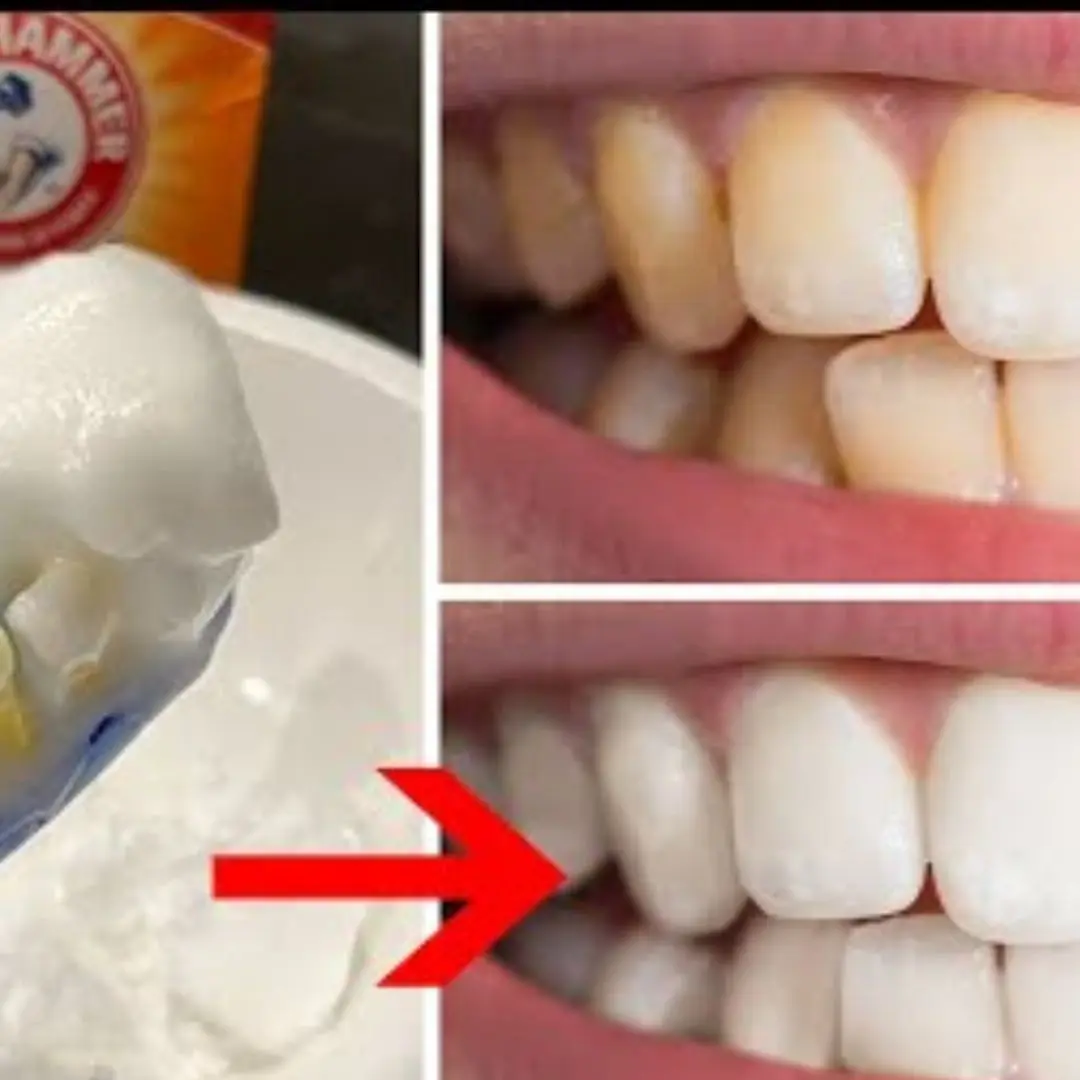
9 Natural Remedies For Teeth Whitening

Why you should NEVER eat more than half an avocado in a single day
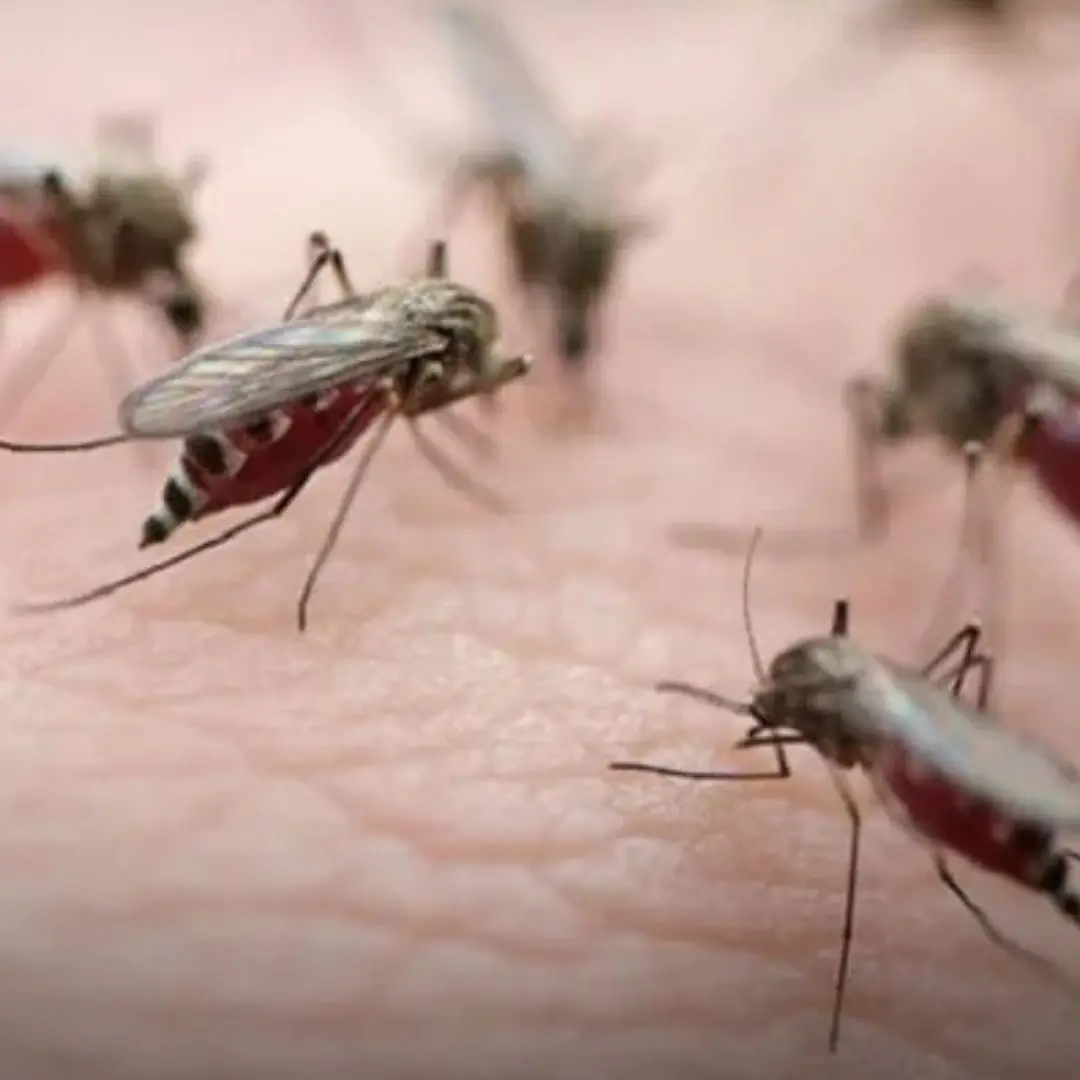
What is the lack of nutrients that causes frequent mosquito bites? How to effectively repel mosquitoes?

Yellow palms: What is the cause of deficiency? How to cure it completely?
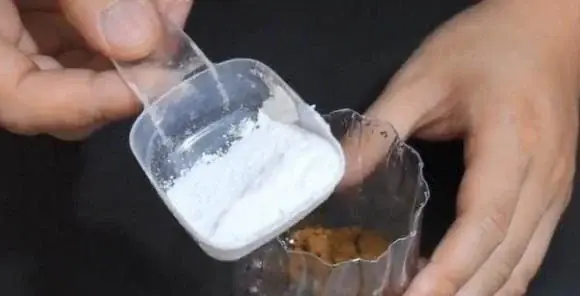
Try This DIY “Plastic Bottle Mosquito Trap” and Enjoy a Mosquito-Free Summer!

The “Strange” Number on Imported Fruit Stickers

Rice Often Gets Infested with Weevils

The So-Called "King of Chemical-Laden Veggies"

4 Quick Tips to Instantly Spot Sweet

The Tastiest Part of the Pig: Once Overlooked

Real vs. Fake Beef May Look the Same, BUT There Are Still 5 Key Differences

Chilling Warning About a Common Household Appliance!
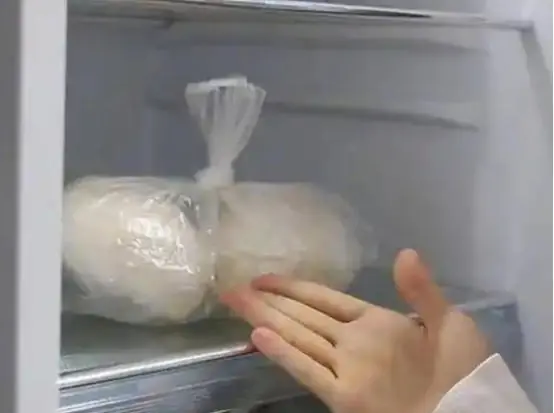
Warning! Stop Putting These 5 Things in the Fridge—They Could Become “Invisible Kil.lers”
